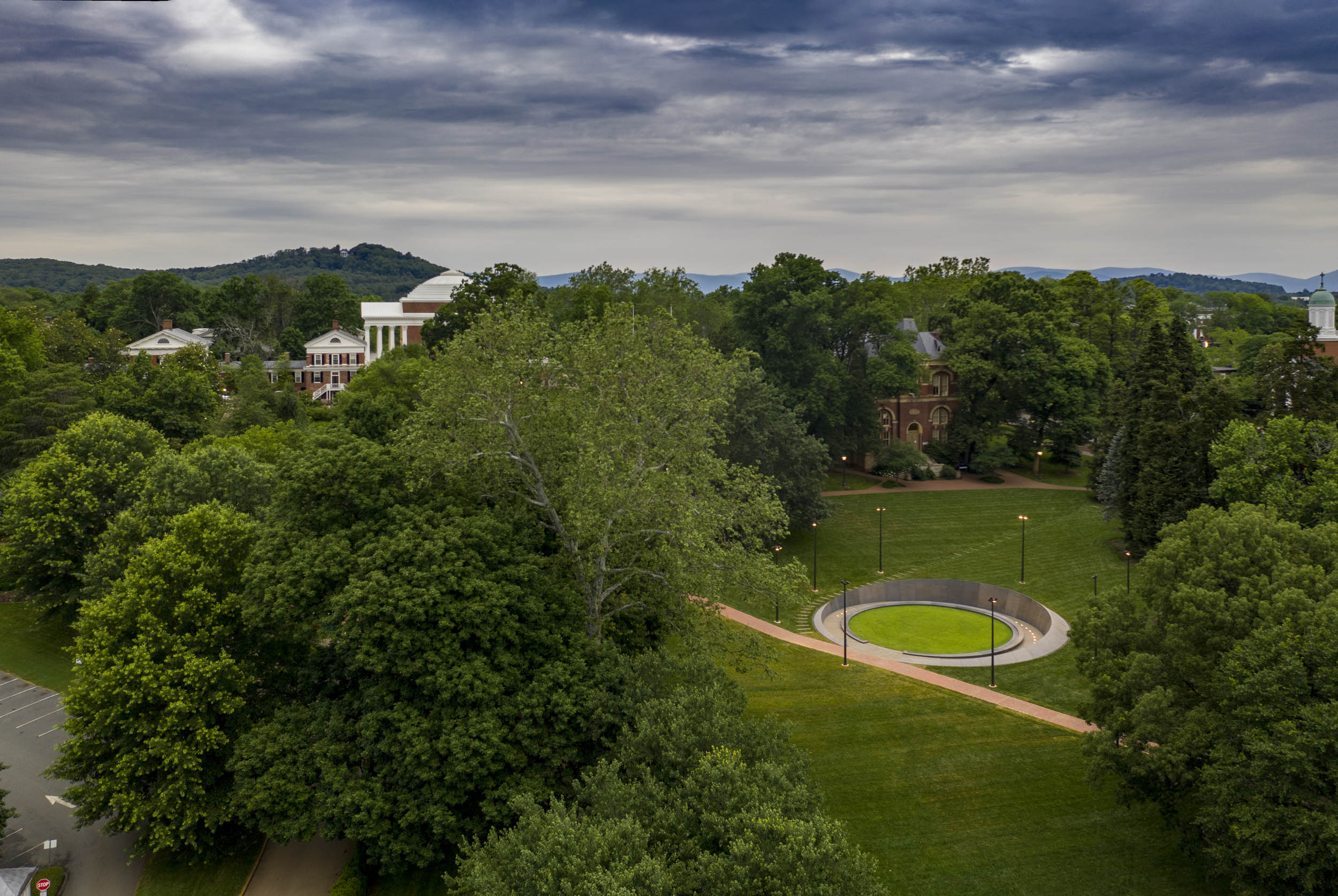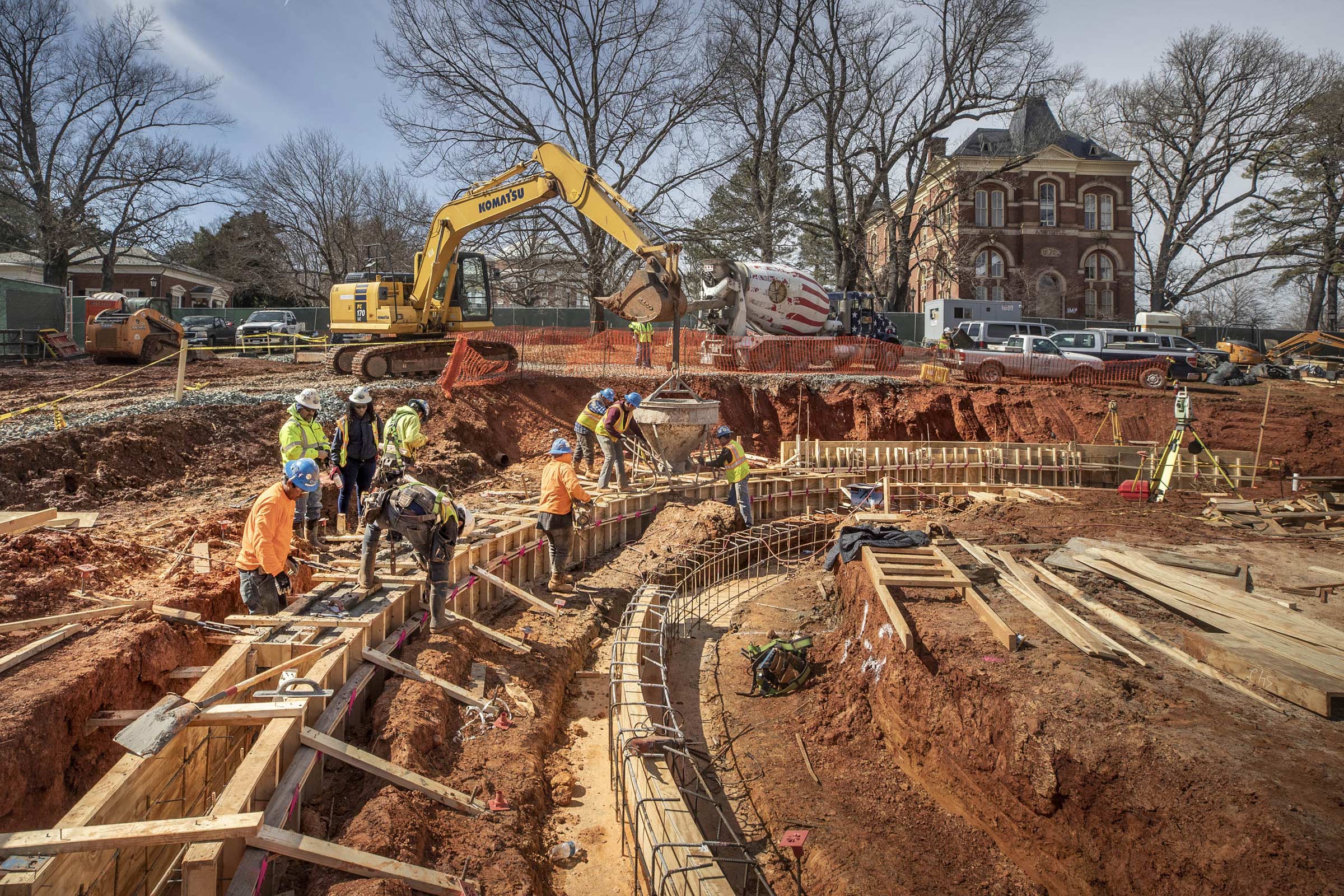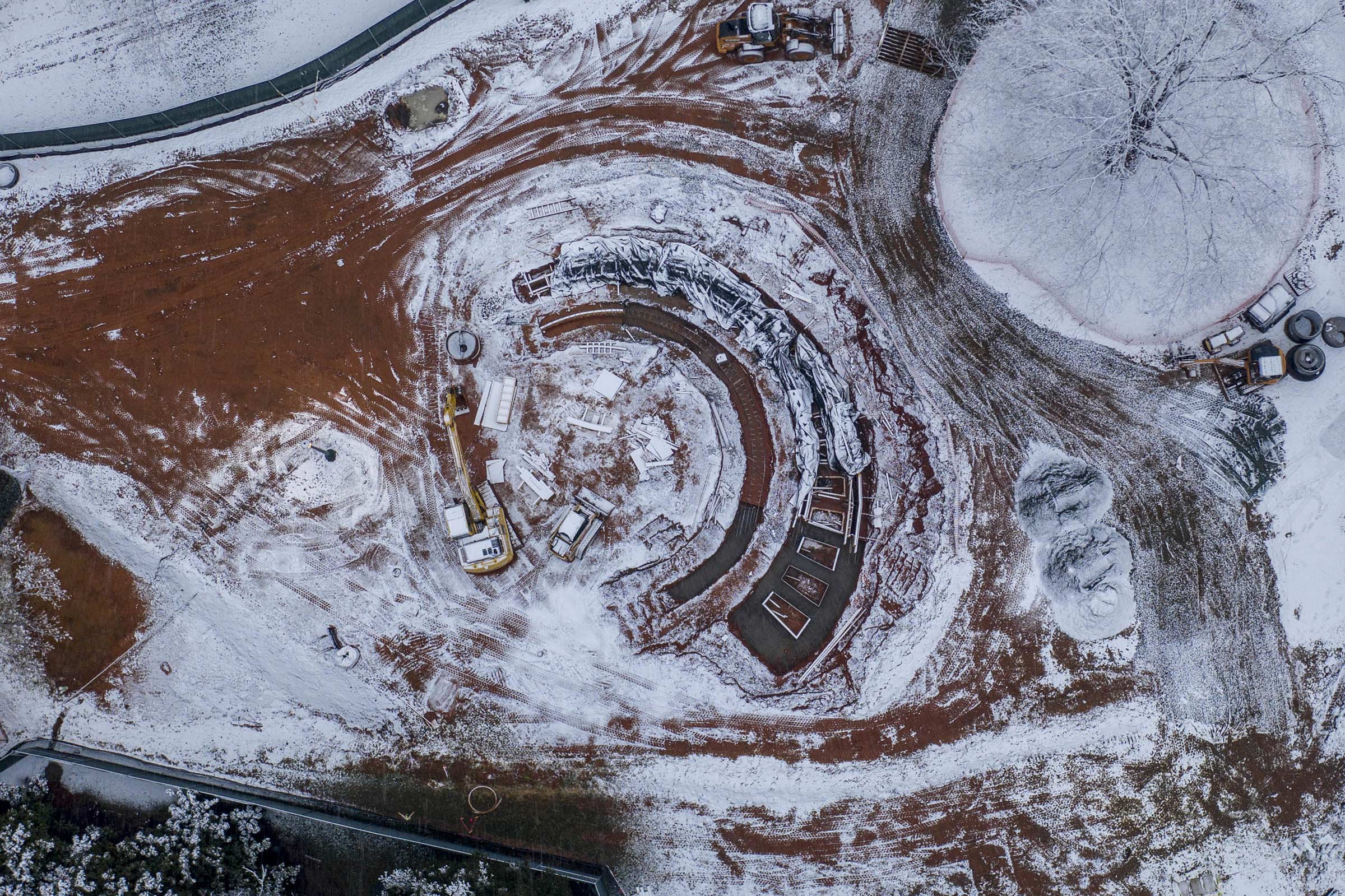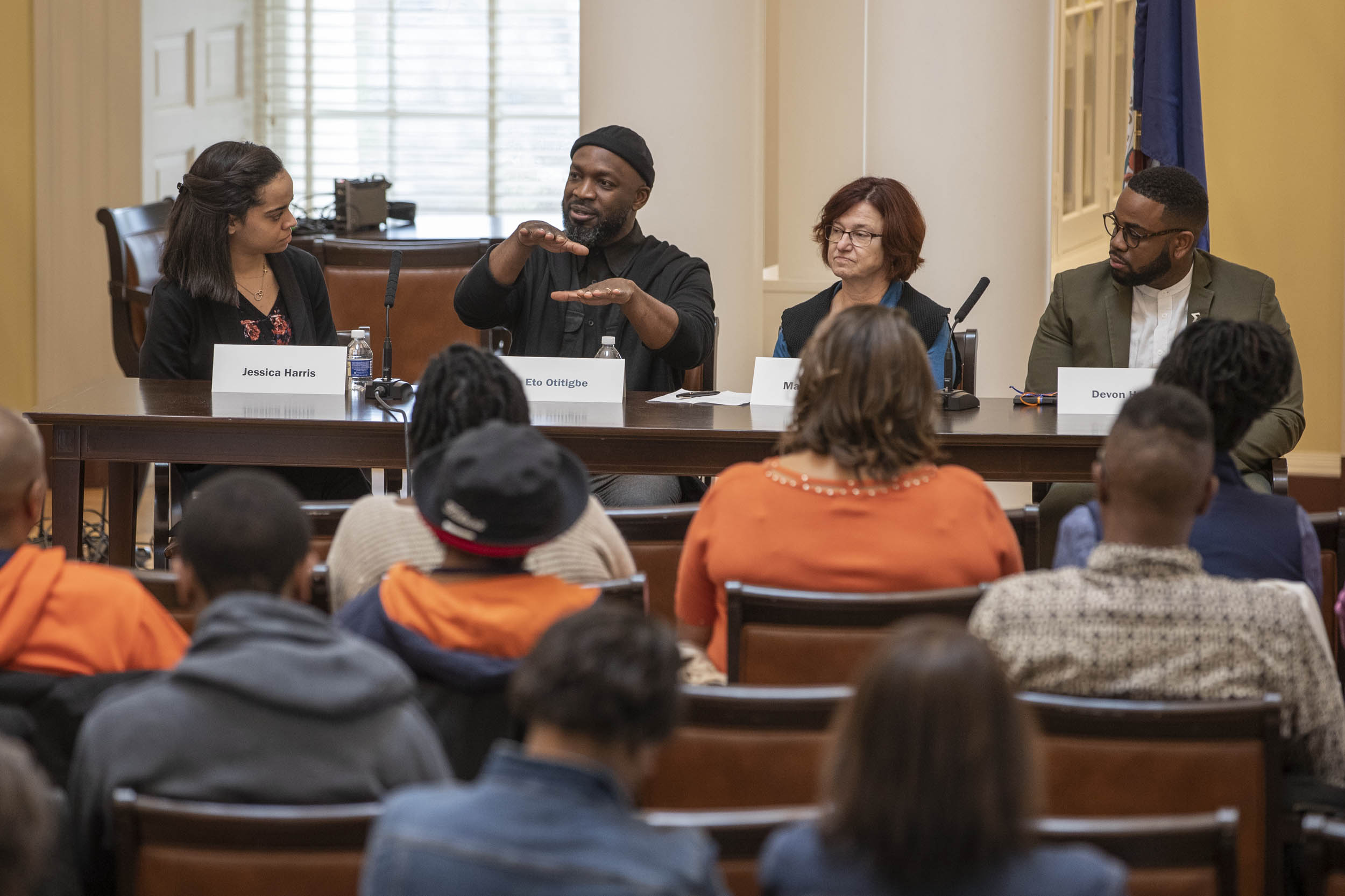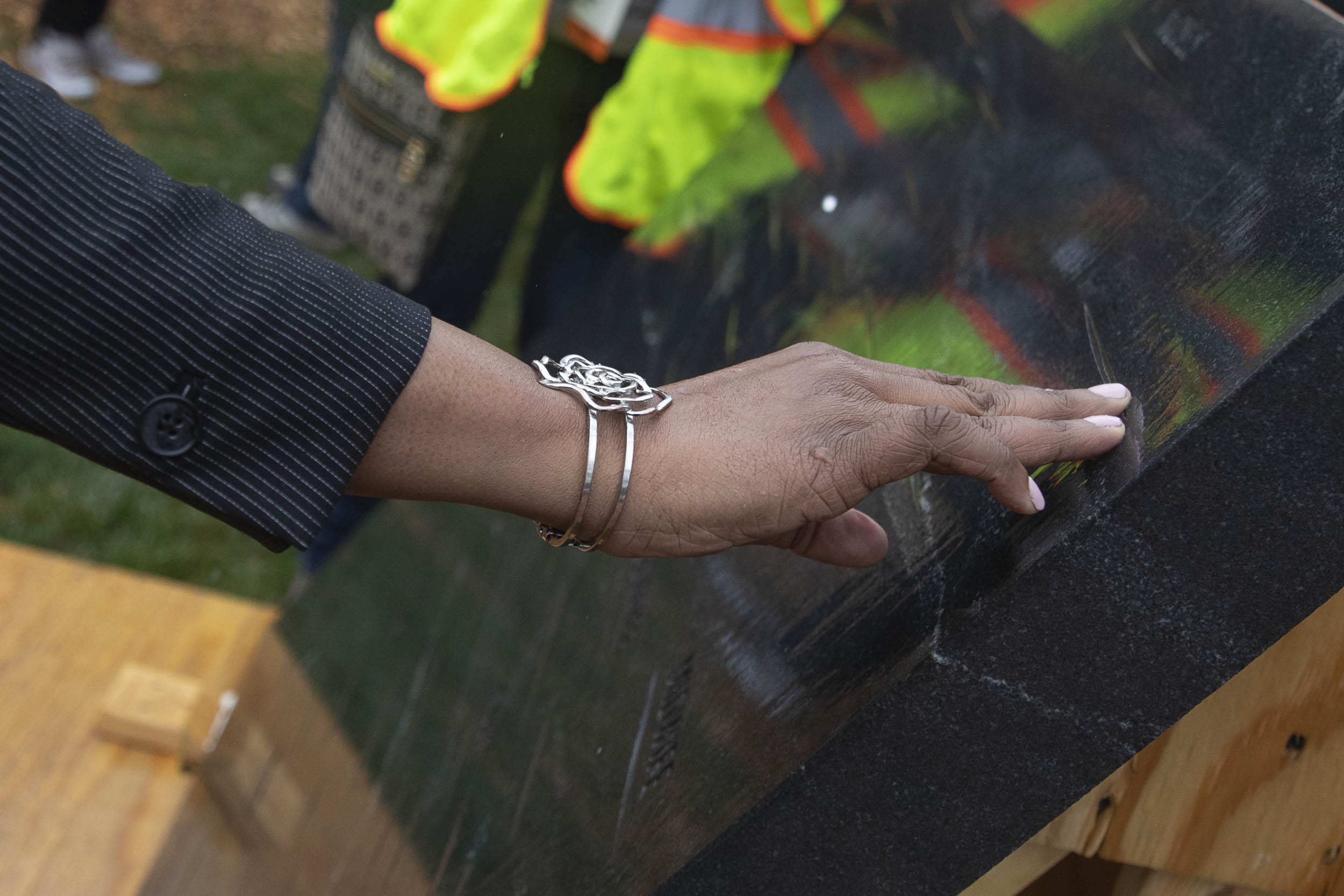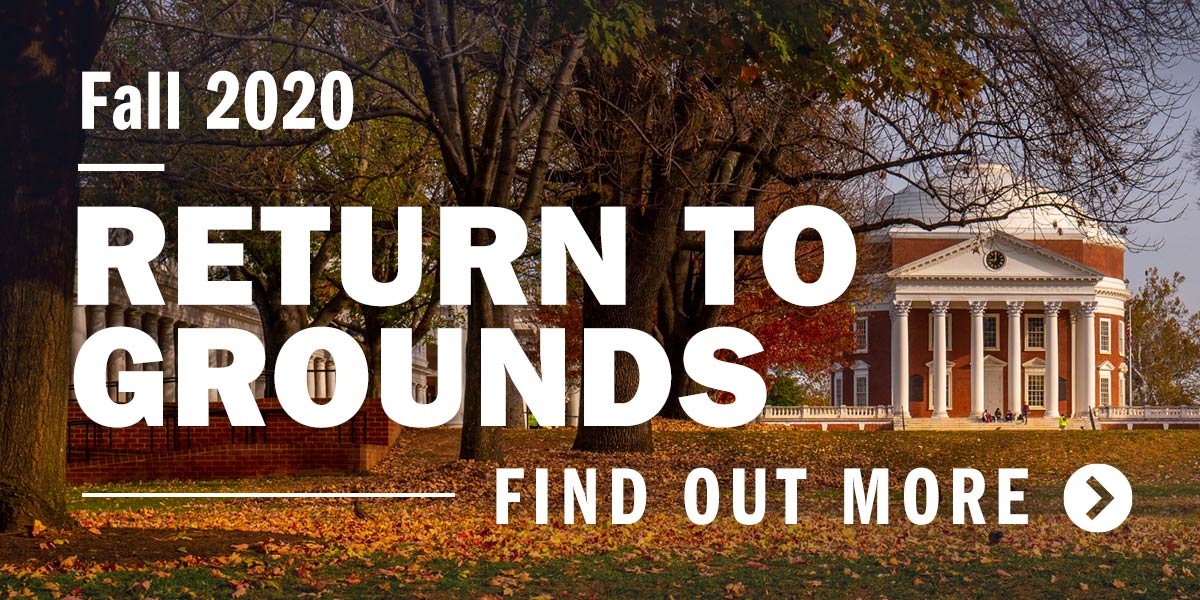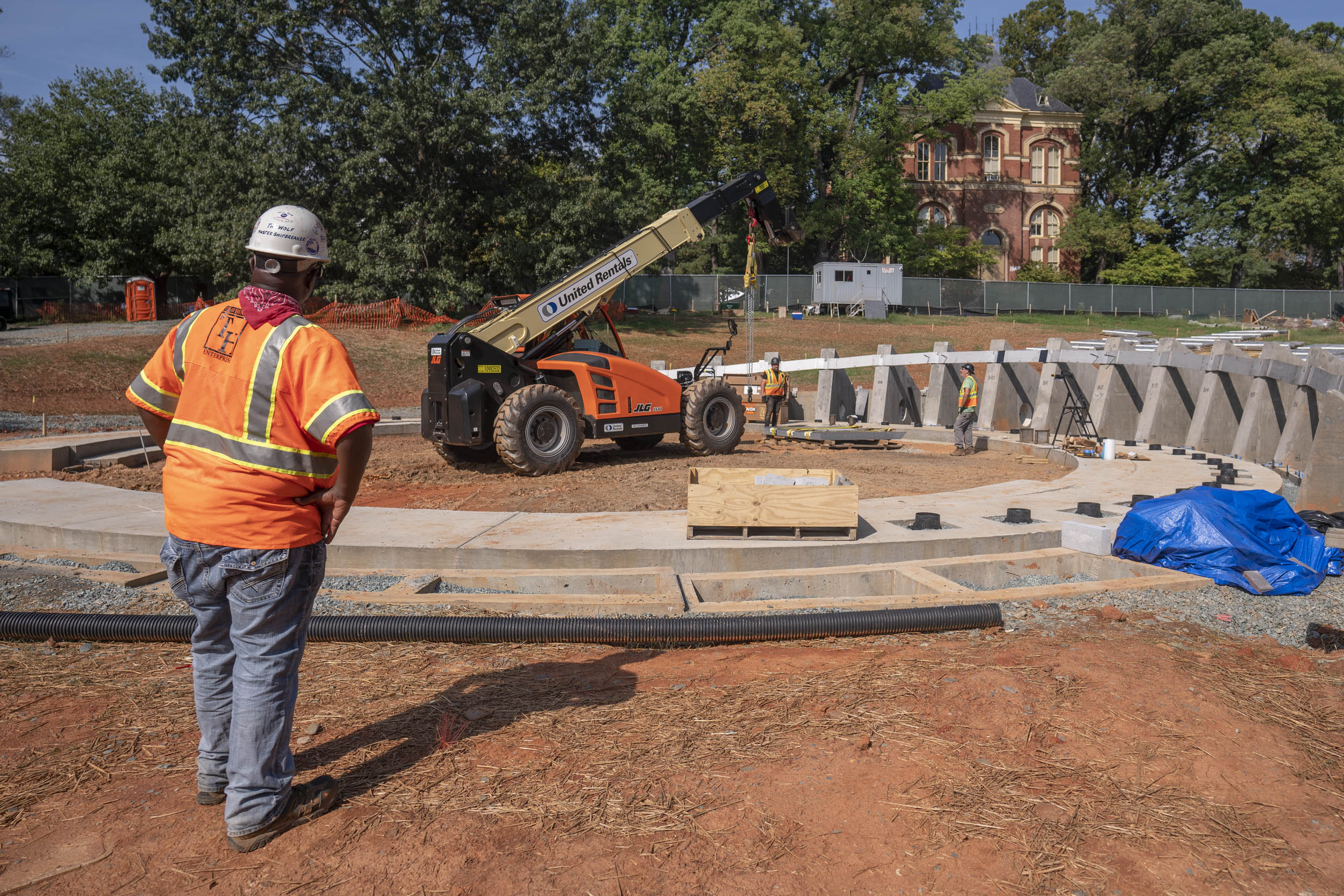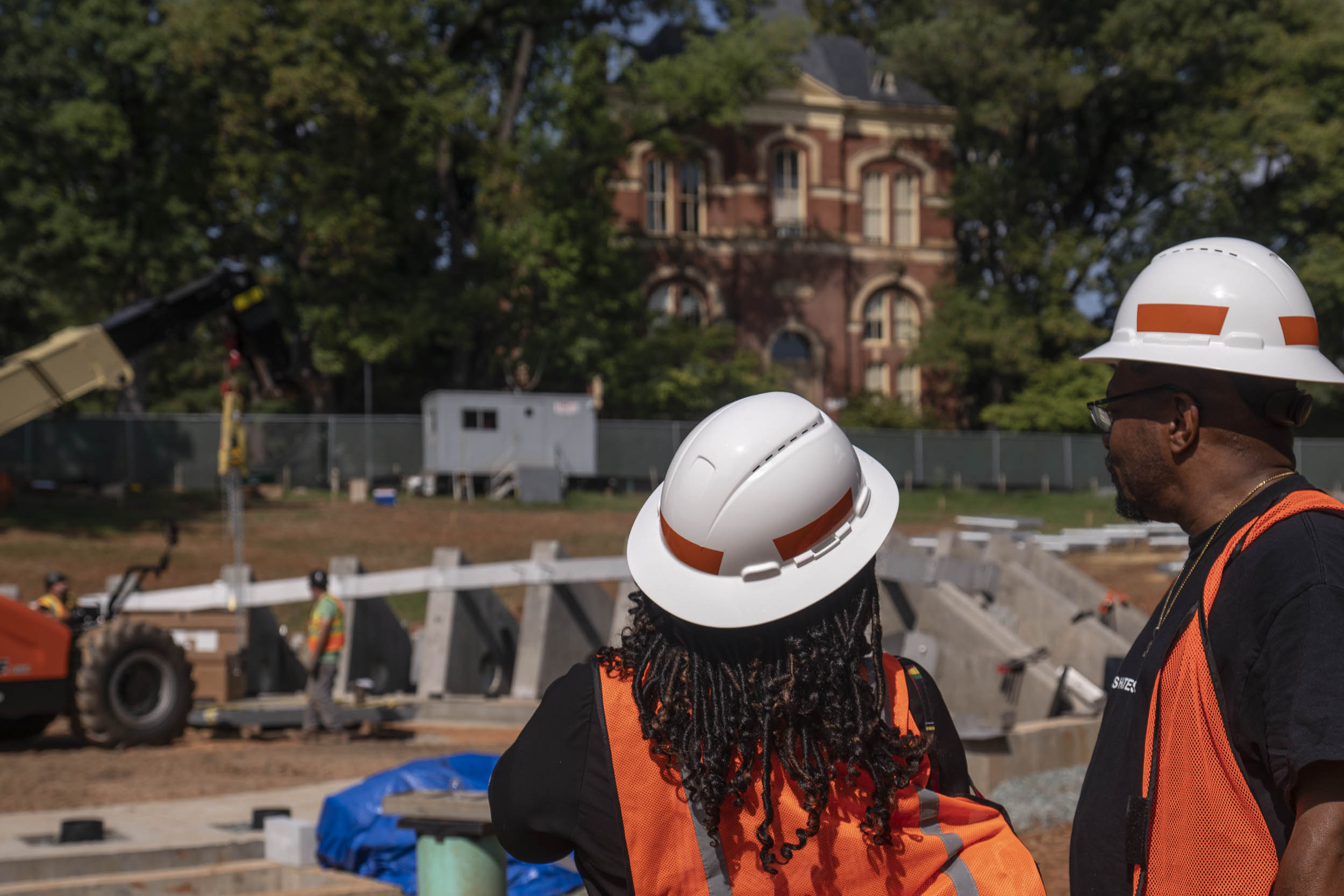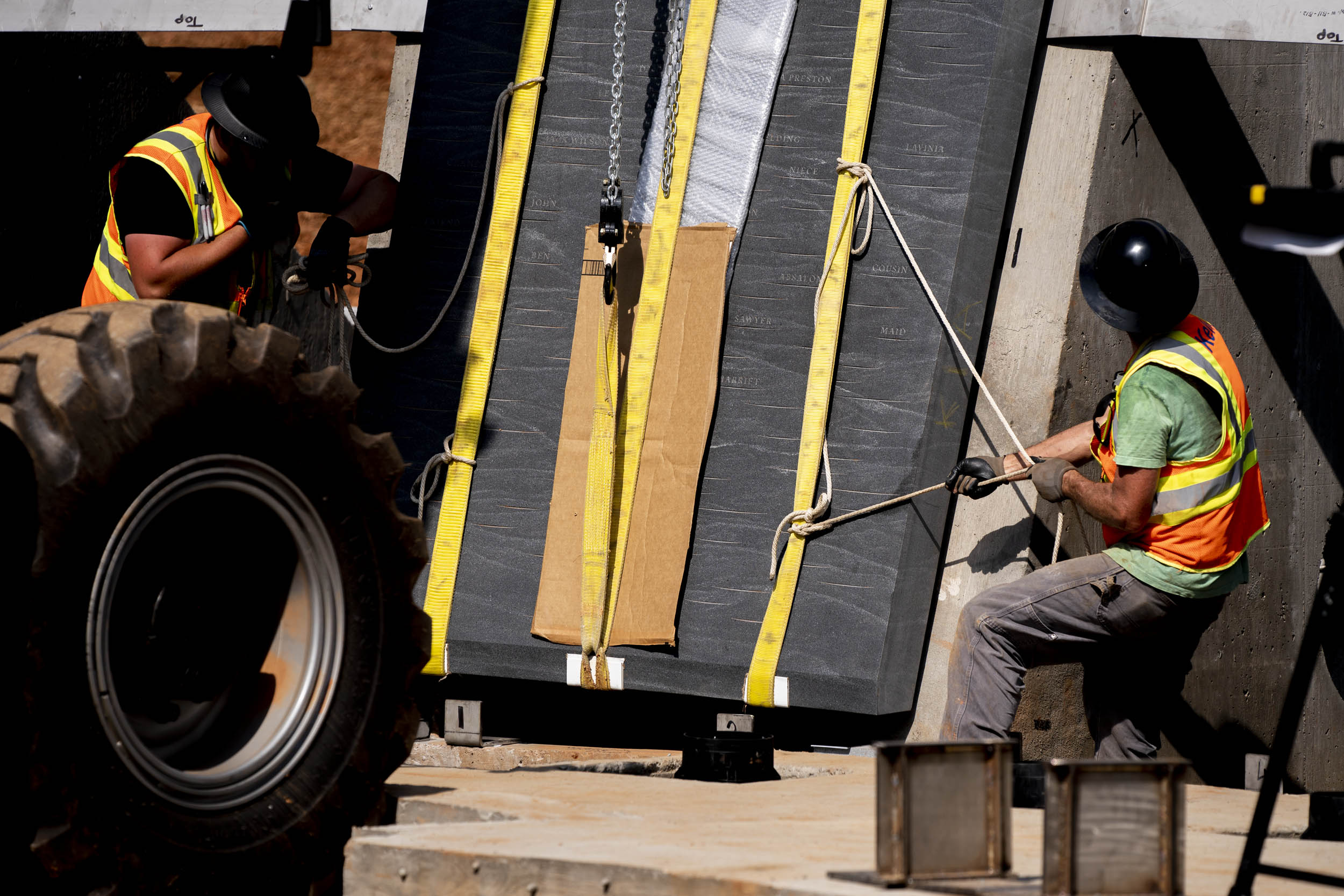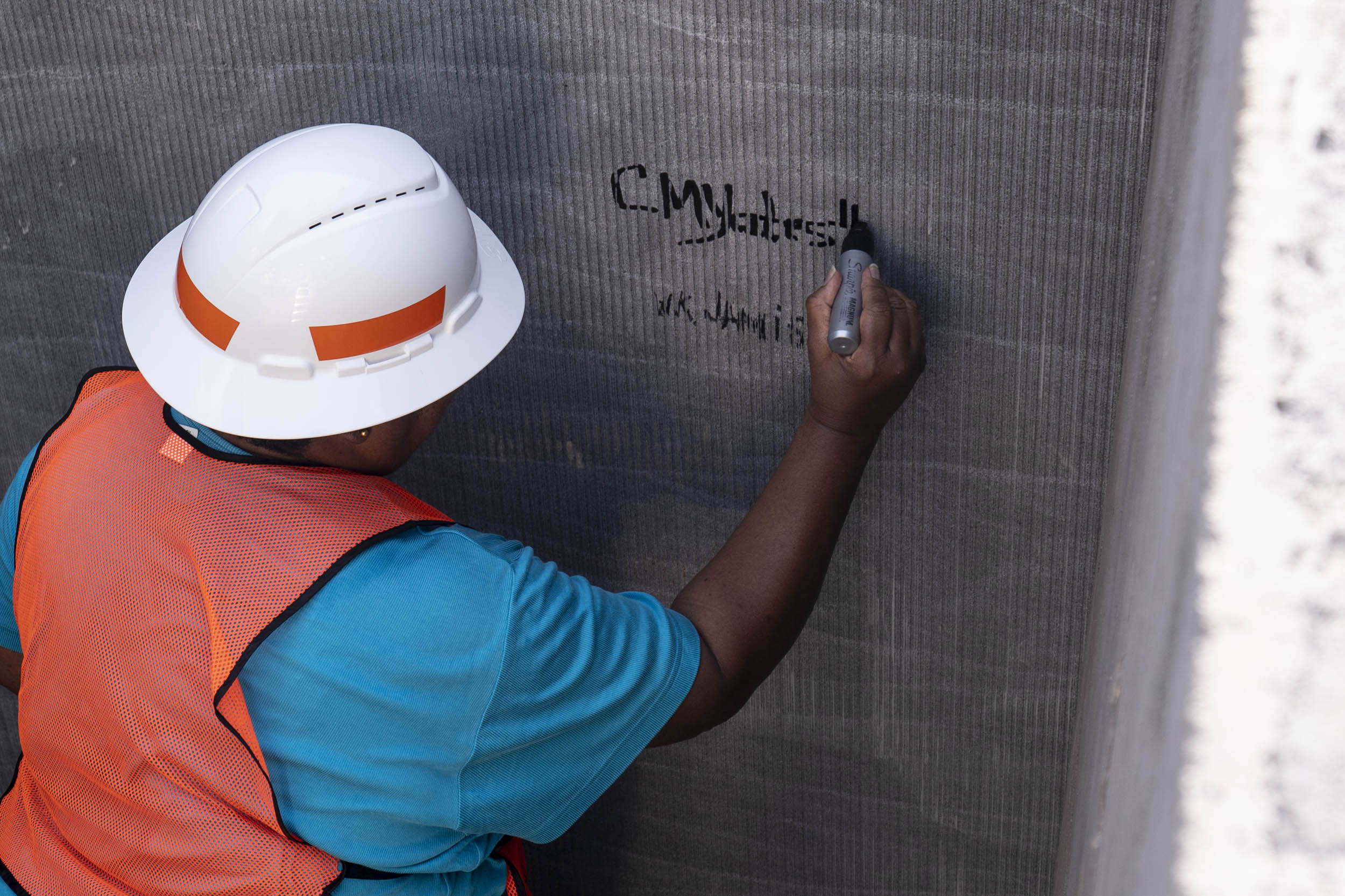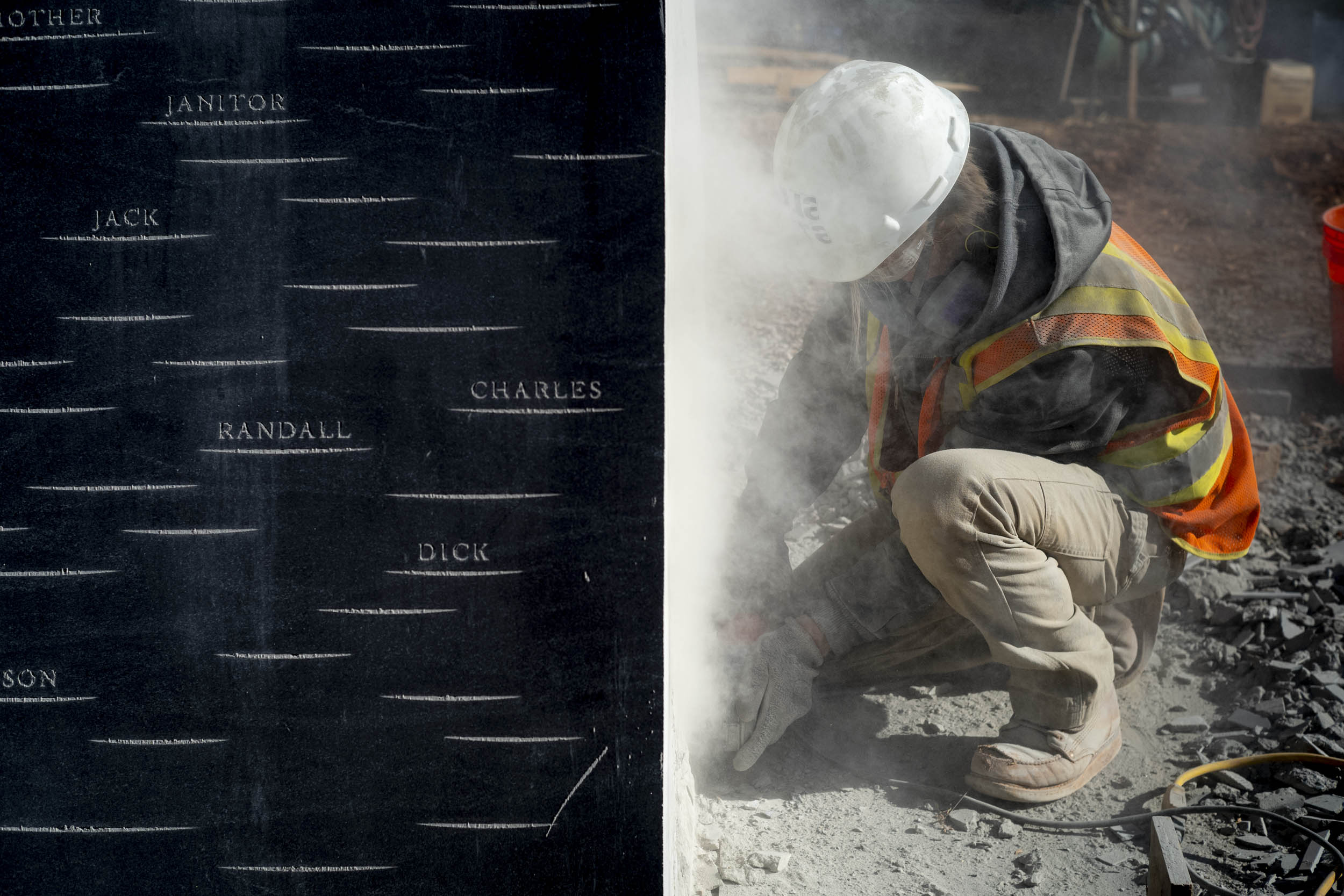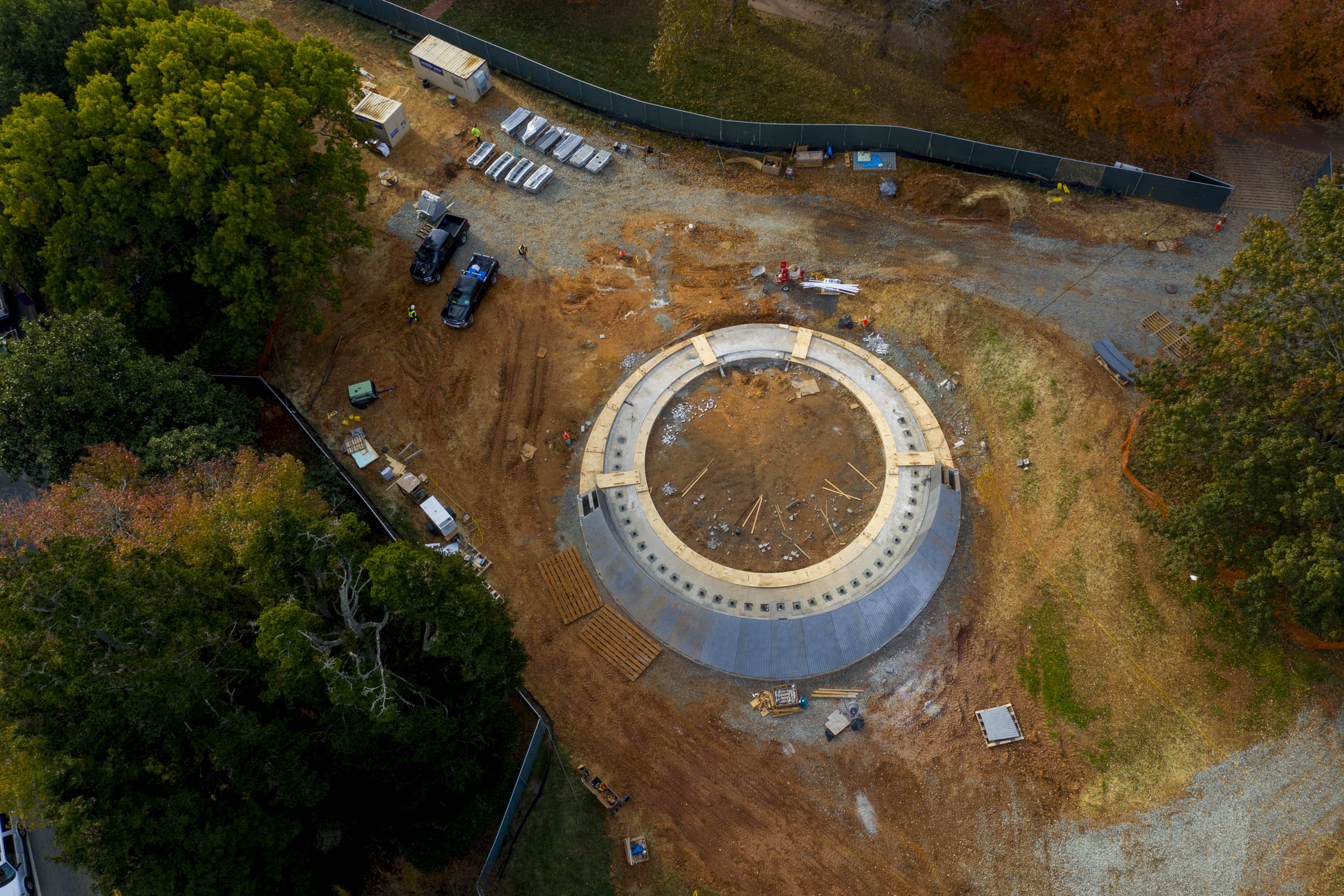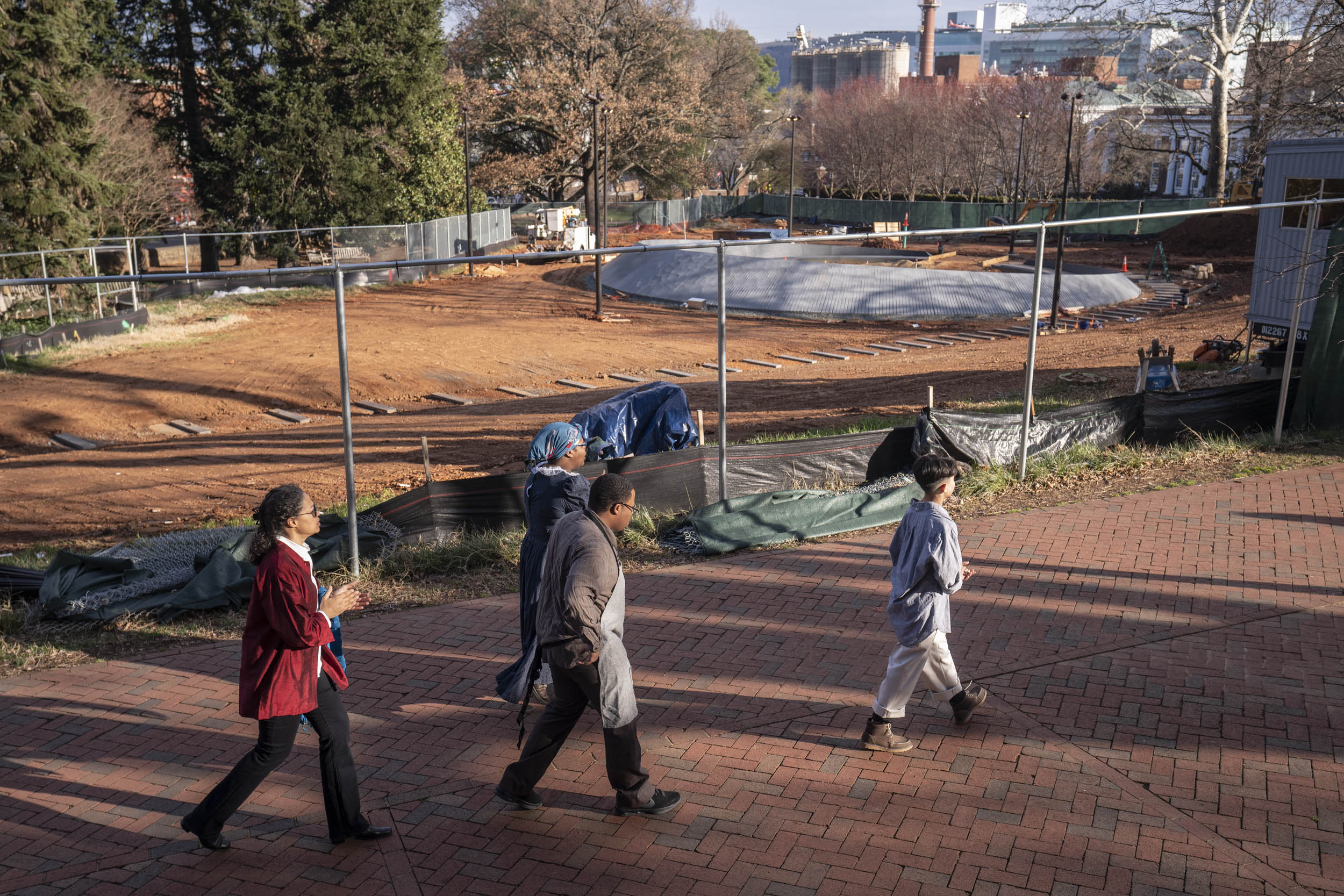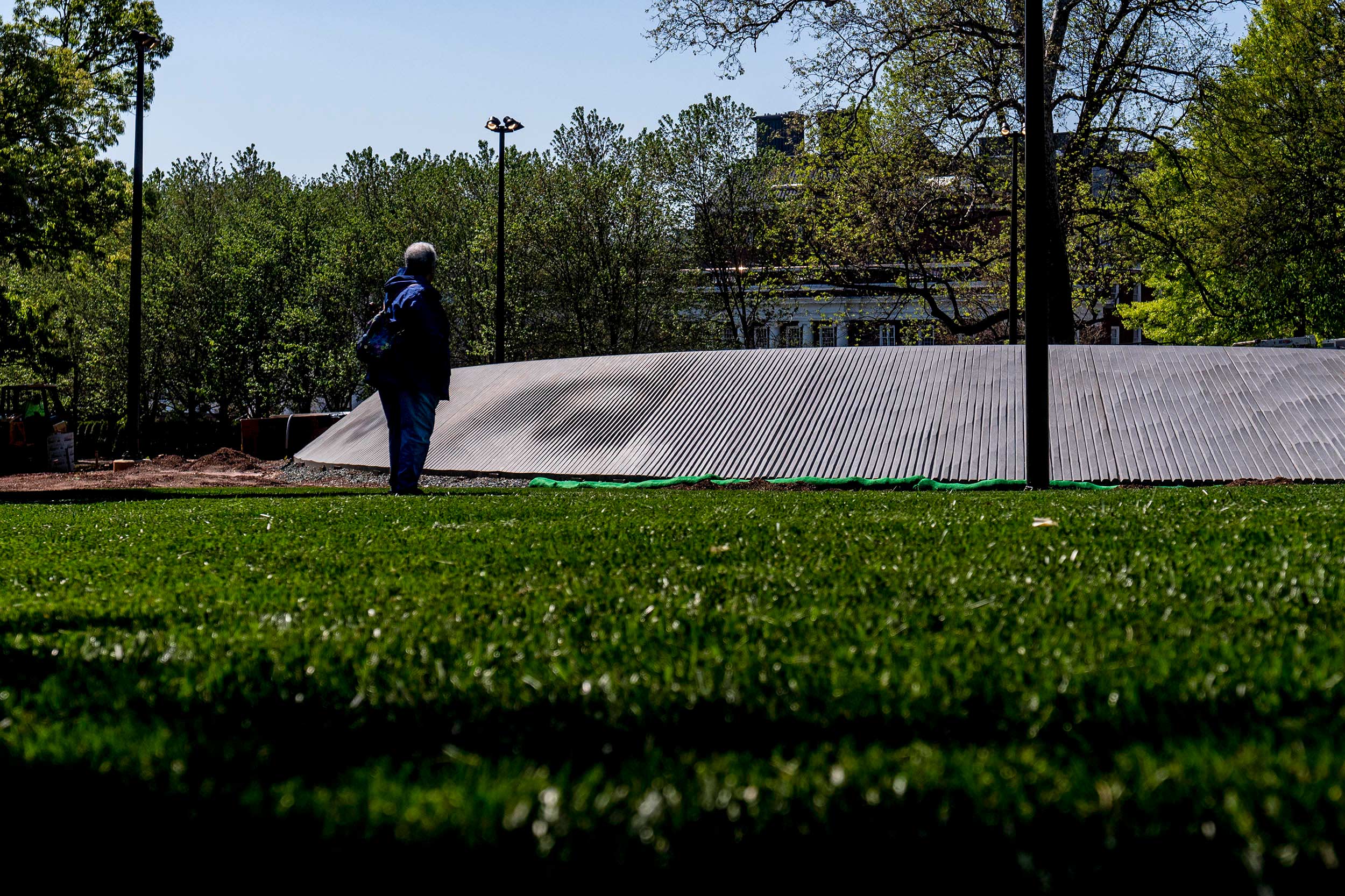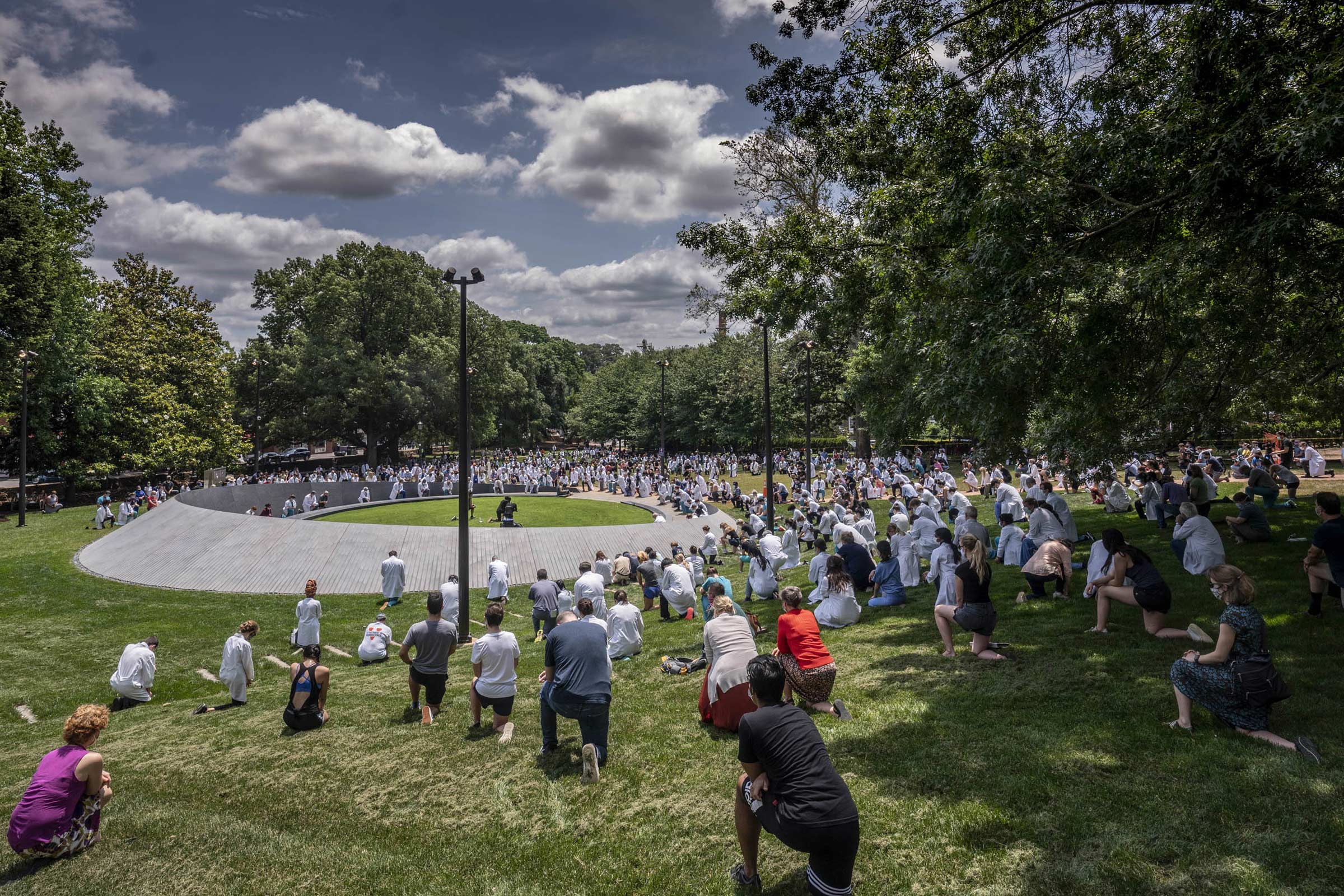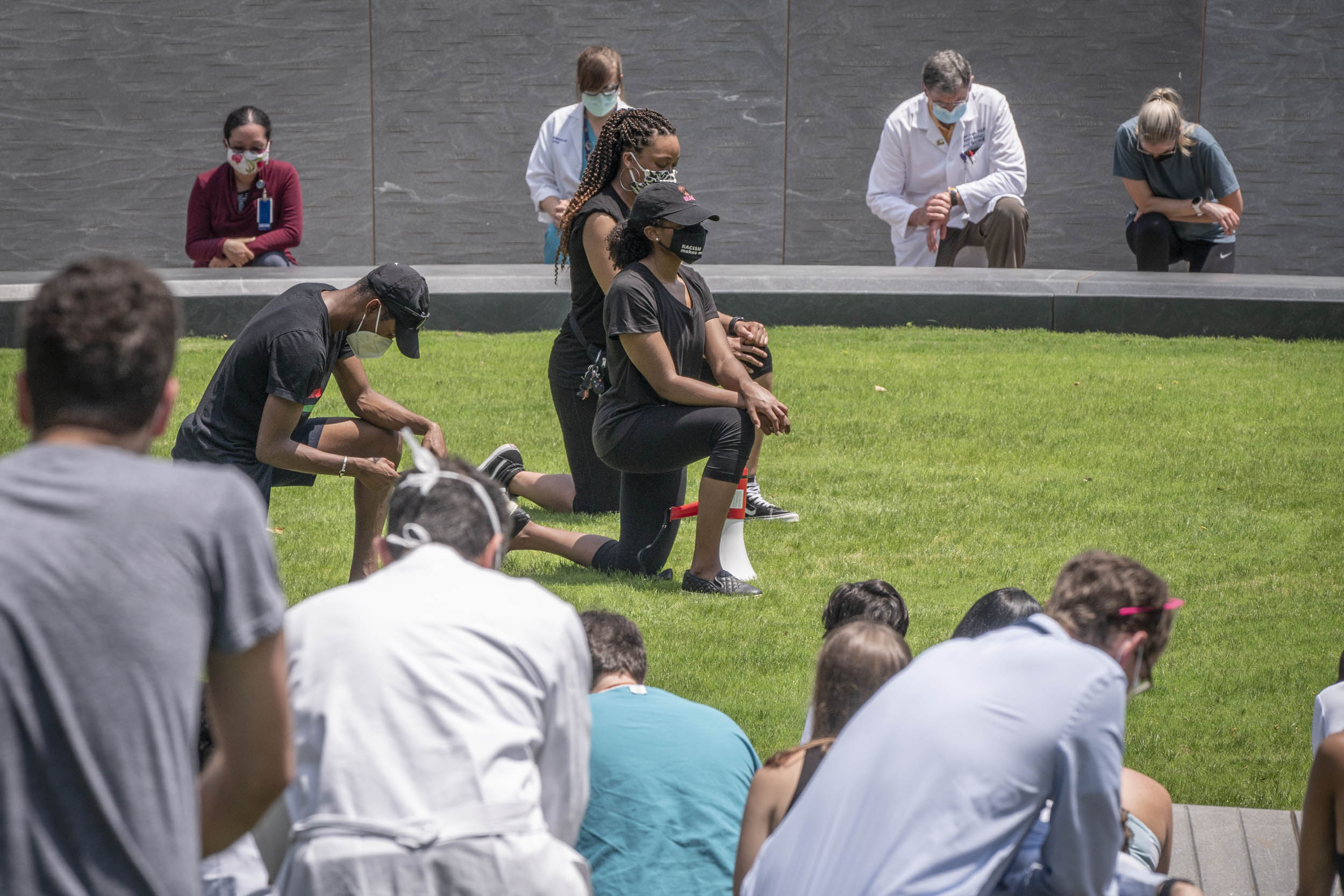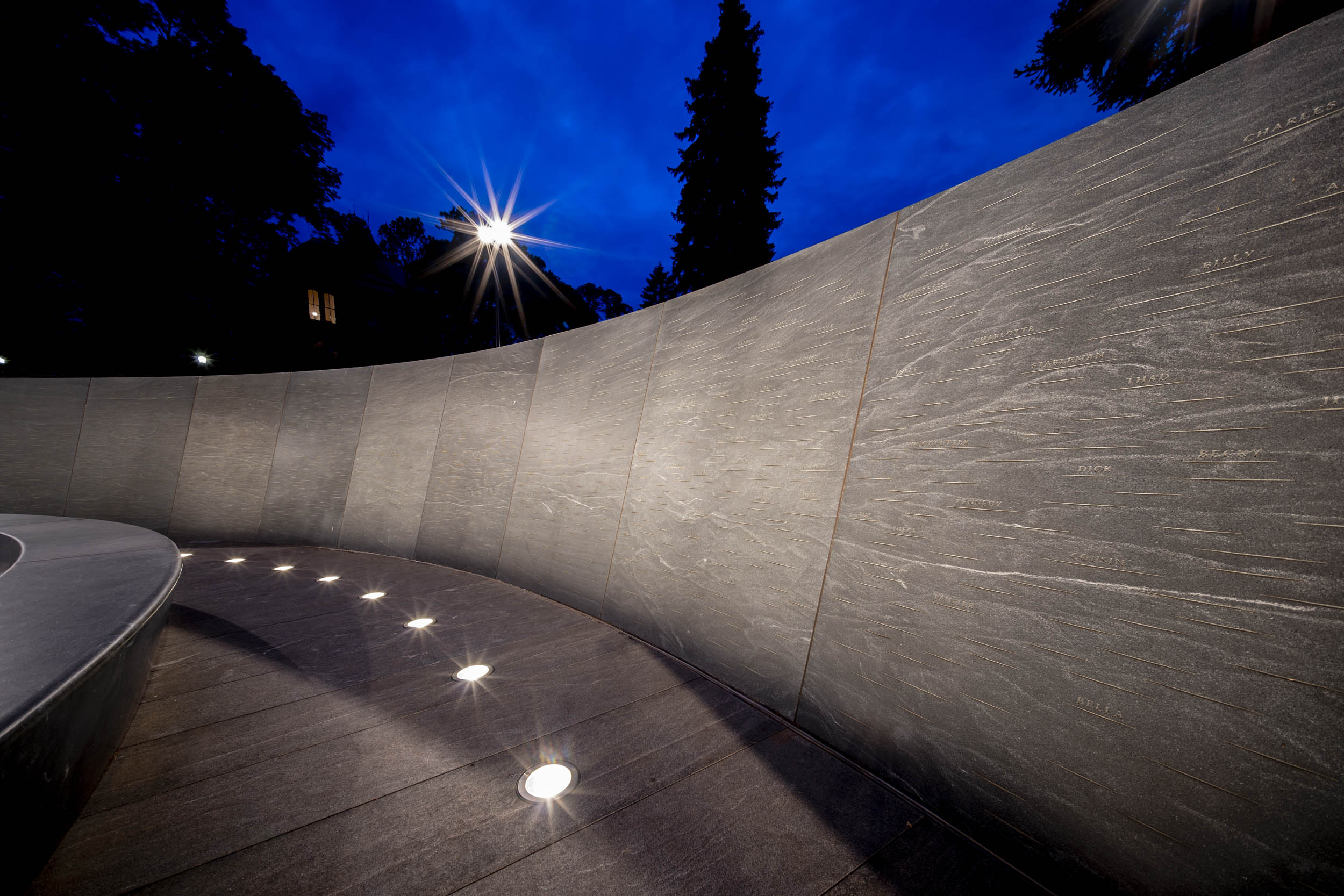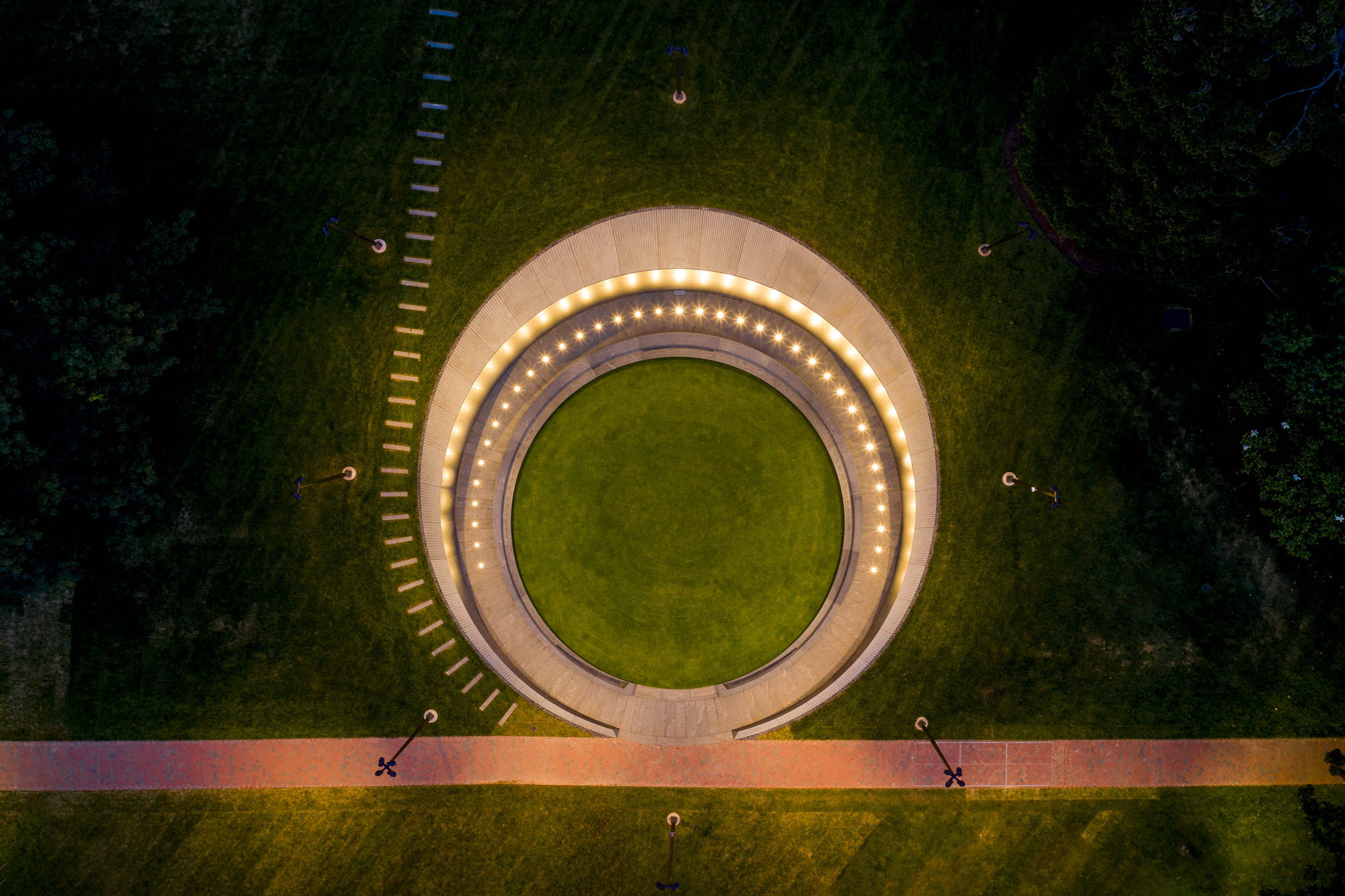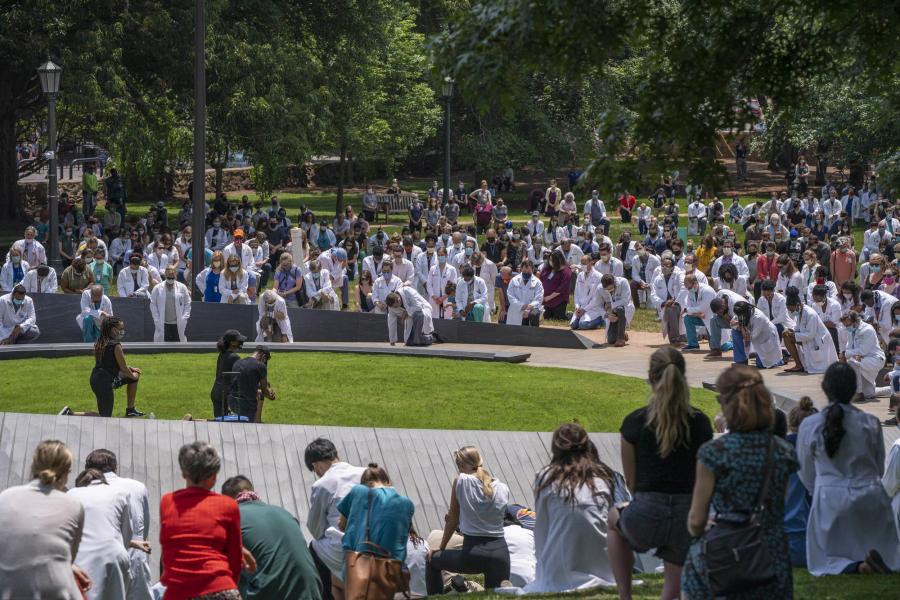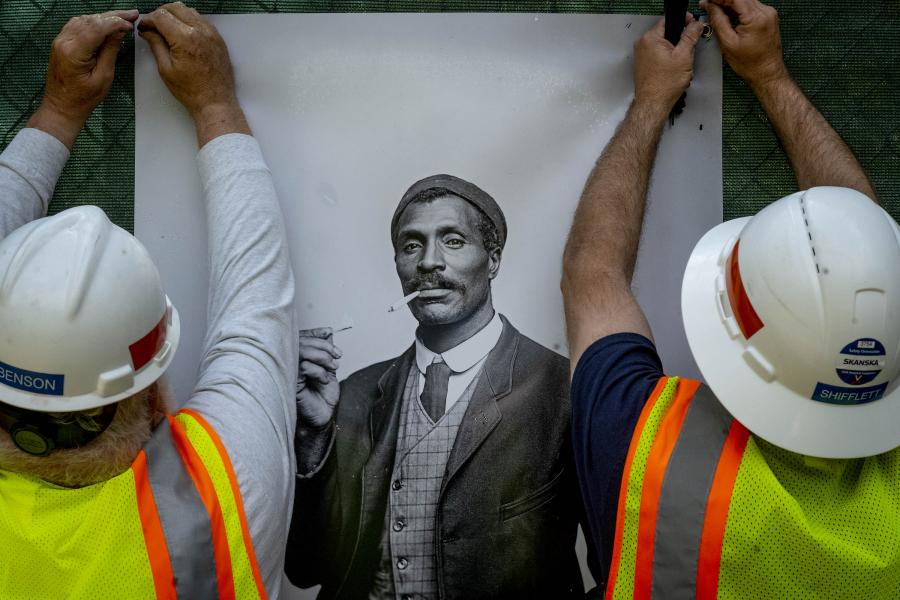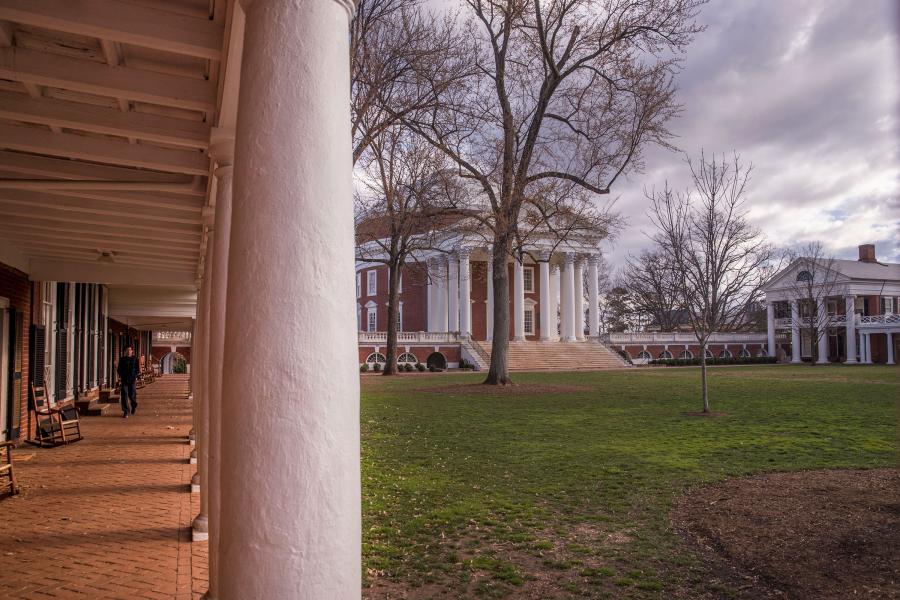Between the Rotunda and the Corner, just east of Brooks Hall, the new Memorial to Enslaved Laborers rises smoothly from the grass, its concentric rings honoring nearly 5,000 men and women, names known and unknown, who were enslaved at the University of Virginia.
One quote engraved on the memorial is from a 1867 letter written by Isabella Gibbons, a cook enslaved by two UVA professors who became a teacher after Emancipation. It reads:
“Can we forget the crack of the whip, the cowhide, the whipping post, the auction block, the handcuffs, the spaniels, the iron collar, the negro-trader tearing the young child from its mother’s breast as a whelp from the lioness? Have we forgotten those horrible cruelties, hundreds of our race killed? No, we have not, nor ever will.”
The memorial is a product of years of advocacy and research from students, faculty, staff and community members, as well as the President’s Commission on Slavery and the University. UVA and community groups, including descendants of the men and women the memorial honors, gave input and feedback on the design. (Meet some of the community members involved in the memorial.)
The coronavirus pandemic forced postponement of a dedication ceremony planned for April 11. However, the memorial is open to visitors and has recently provided a place of reflection for those wishing to honor George Floyd, an African American man killed by Minneapolis police last month, and served as a site to protest police brutality and racism.
As the country and the University mark Juneteenth on Friday, commemorating the end of slavery in the United States, take a look back at how the Memorial to Enslaved Laborers took shape.
